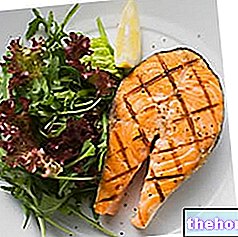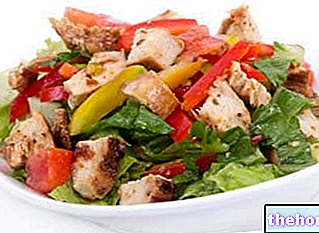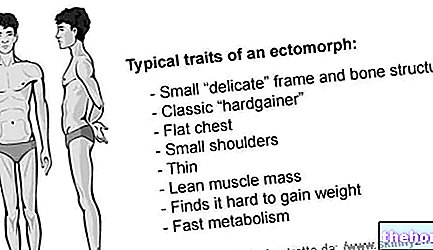Premise
The following indications are for informational purposes EXCLUSIVELY and are not intended to replace the opinion of professionals such as a doctor, nutritionist or dietician, whose intervention is necessary for the prescription and composition of PERSONALIZED food therapies.
Dissociated diet

The scientific bases that support this method are various, but what "could" be the subject of controversy is rather the interpretation and the method used in the dissociated diet; however, it is not the aim of this article to comment or criticize the food strategy in question, but to give a sufficiently representative example.
The dissociated diet is a food strategy that aims at optimizing weight loss and improving digestion and metabolism of energy nutrients.
The dissociated diet is based on a few fundamental rules; summarizing, the cardinal principles for the drafting of a dissociated diet are:
- Concentrate carbohydrates early in the day
- Consume the largest meal at lunch and no later than 16:00
- Dinner must be almost exclusively protein based
- In the same meal, insert only foods of the same kind (but always with vegetables) avoiding mixing the different groups to which they belong (meat, fish, milk derivatives and eggs, or cereals and legumes, etc.).
- Avoid the association of complex carbohydrates and proteins
- Avoid the association of complex carbohydrates and simple sugars
- Avoid including sweets and fruit in main meals
- Promote the consumption of fruit and vegetables.
The dissociated diet encourages the consumption of foods of plant origin as a source of fiber, mineral salts and vitamins and warns against the excess of animal products as they are related to metabolic diseases and some forms of cancer.
Dissociated Diet Example
NB. For the example of a dissociated diet, a TRADITIONAL method of estimating caloric needs will be used, associated with low calorie (-30% of energy) of the diet in order to guarantee weight loss in a subject who is obviously overweight.
DIET EXAMPLE SUITABLE FOR
- Male, broker, plays tennis or skiing twice a week and commutes by bike every day
Translation of day 1
NB: Some weights can be evaluated without the aid of a scale, for example:
- Liquid 10g = 1 tbsp
- Liquid 5g = 1 tsp
- Fruit or vegetable 200g = medium size
- Walnut kernel, almond, pecan nut, hazelnut = 3g
- Bread 30-35g = large slice
Dissociated Diet Example - Day 1
Dissociated Diet Example - Day 2
Dissociated Diet Example - Day 3
Dissociated Diet Example - Day 4
Dissociated Diet Example - Day 5
Dissociated Diet Example - Day 6
Dissociated Diet Example - Day 7




























